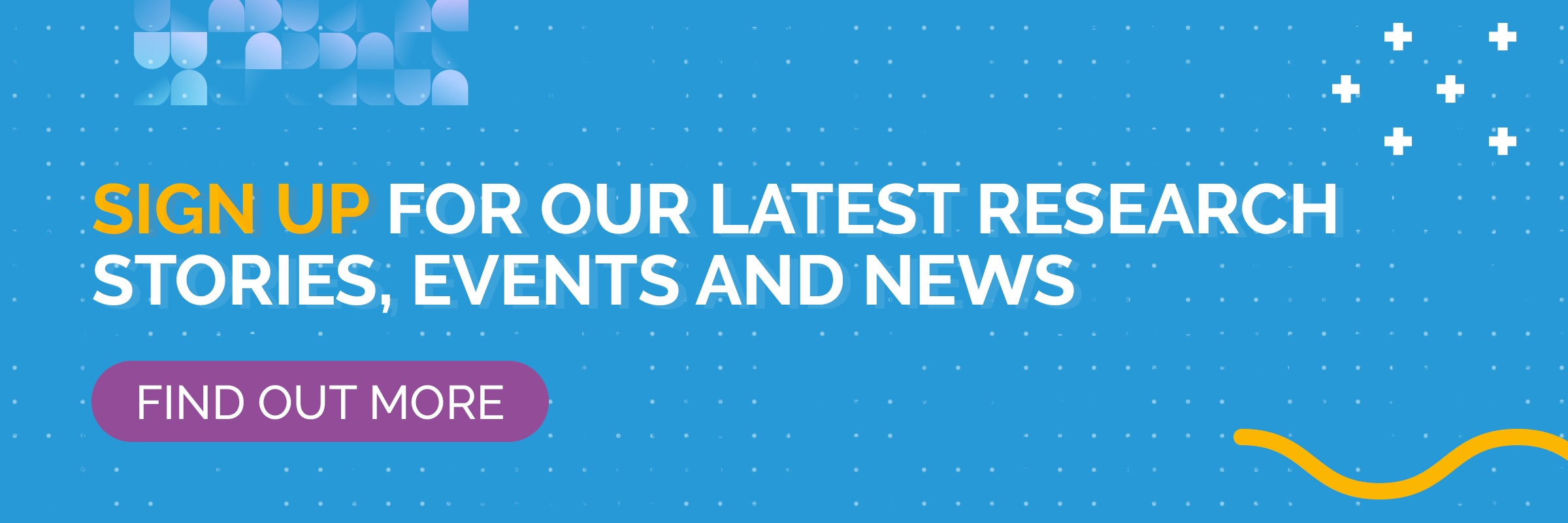Robotics and automatic systems – a tool but not a solution to work towards achieving Sustainable Development Goals
2 November 2022 | By: Marion Pfeifer | 2 min read
Technological advancements in Robotics and Automatic Systems (RAS) are reshaping the world, changing healthcare to food production. Understanding how mobilising such technology can interact with biodiversity management is key to ensuring its potential is met.
In this blog, Newcastle University’s Associate Professor in Landscape Ecology and Management, Dr Marion Pfeifer, assesses how RAS might be able to support Sustainable Development Goals (SDGs).
Addressing global challenges at speed
RAS can sense, analyse, interact with and manipulate their physical environment with minimal human intervention.
Their potential to deliver benefits at speed and across large scales is immense, making them a useful tool in our quest to achieve global sustainable development. Drones carrying cameras, thermal sensors or LIDAR technology (a type of laser scanning), can facilitate access to remote and dangerous areas for monitoring and communication.
They can be deployed to regions affected by humanitarian crisis delivering medical and food supplies. And, they can fly across crop production, large forest areas and large spatial scales checking for fires, water and disease stress and land use change threats.
As such they can help us to advance our understanding of ecosystems and our responses to climate change, policies and management decisions. This is invaluable if we want to understand how to improve management for wanted outcomes: test, monitor, and adapt.
Opportunities and risks
Through data collection and communication, robotic and automatic systems (RAS) can profoundly alter the way we view landscapes and people, and how we make decisions on landscape management and human health interventions.
And this recent study provides many such examples. Yet, uncritical engagement with the technology may also have unintended consequences.
Data collection through monitoring is a tool deployed within a framework specified by the owner of the tool. This framework is informed by the owner’s understanding of the system, which can be biased and narrow. In some examples, e.g. that of early fire detection in large boreal forests and optimal management of crop production, benefits are perhaps clear and uncontroversial. A rapid deployment of fire response teams is triggered when fires are detected, preventing fire spread and protecting wildlife and people. Detecting water and nutrient stress in large crop fields can trigger spatially targeted irrigation and fertilisation, optimising resource use.
However, in many socio-ecological systems, the relationships between data that are being collected and the challenges that people face are complex and impossible to measure by simply using robotic and automatic systems.
Drones don’t:
- measure how people interact with each other and their environment
- measure the motivations that drive people to make decisions on the management of land and resources
- or the opportunities and constraints they perceive from decision-making within the governance frameworks they are operating in
Hence, RAS are unable to – by themselves – offer pathways for identifying solutions to challenges. As the study highlights ‘many of the SDGs are very human and politically driven ambitions and RAS may not be the best solution to achieve [them]'.
Relying on narratives of ‘technology as the saviour’, for example as an answer to deep seated questions on ‘how to do conservation and restoration’, ‘where to do it’ and ‘for whom’, can provide misleading perceptions of clarity or certainty, undermining public and local trusts in solutions offered to them.
Who owns the data and who makes decisions?
Data is power. And collecting and owning data raises serious questions on the ethics of collecting data and knowledge without consent of communities and places for which data are being collected.
Data are interpreted in frameworks that are shaped by the people collecting the data. But who shapes these frameworks and who benefits from their use for specific outcomes?
A concerning example is the interpretation of large-scale forest restoration in rural tropical landscapes as providing a tool to bring co-benefits for both biodiversity and climate change mitigation.
RAS can indeed be used to identify biophysical regions suitable for planting and to monitor tree health and biomass accumulation. But, who says that the focus on these landscapes for achieving carbon sequestration and biodiversity outcomes is justified? Maintaining biodiversity is important, globally, but focussing on data driven prioritisation regions can be hugely distracting from the challenge. Millions of rural people live in landscapes targeted by restoration and conservation decisions. They are not the dominant force behind carbon emissions that have led to climate change. They are also not responsible for the misplaced romanticisation of tropical landscapes as the last wilderness to save from people.
Tools to facilitate progress, but not solutions to global challenges
RAS as tools deployed in concert with many other tools are an amazing opportunity for us to achieve impacts across the Sustainable Development Goals. If used fairly and ethically. Solving how to ensure the latter might be the most pressing challenge at this moment in time, requiring engineers and natural scientists to truly engage in dialogue with disciplines that have more expertise, in studying society, and the ways people behave and interact with the world around us.
Want to find out more about how our work is helping to make the world a better place to live in?
